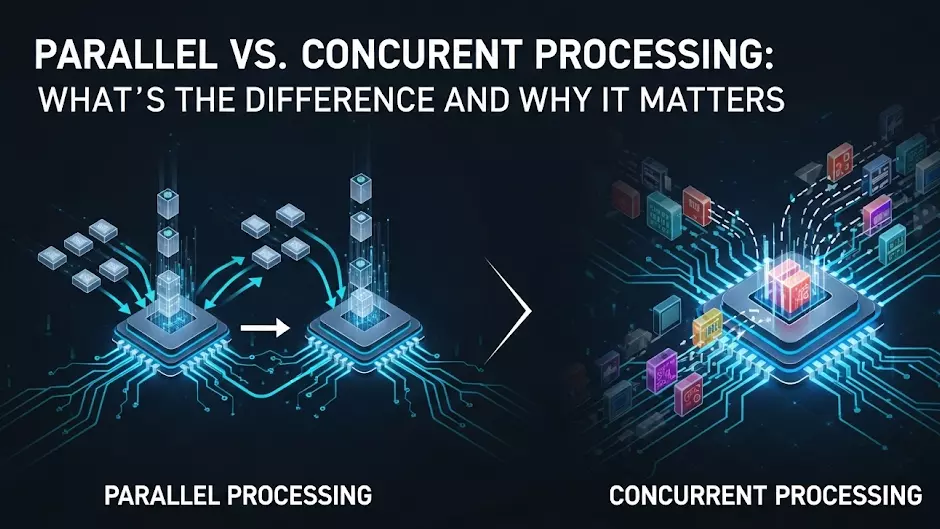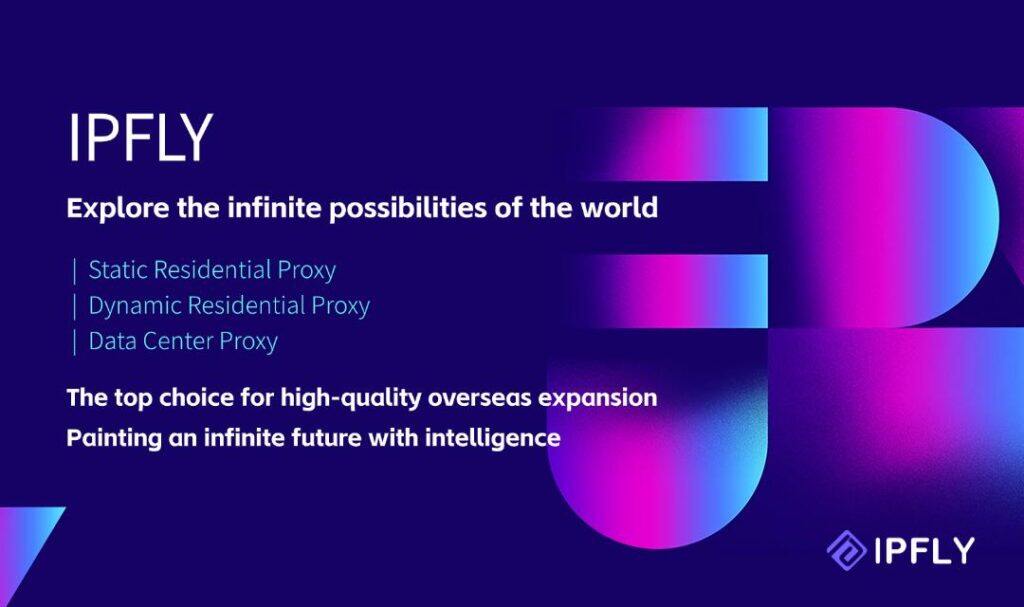In the fast-paced digital world, terms like parallel processing and concurrent processing often come up when discussing system performance, task management, or data handling. While they might sound similar, these two concepts have distinct roles in computing and networking. Understanding the difference is key for developers, businesses, and data analysts who want to optimize efficiency, speed, and resource allocation.

What Is Concurrent Processing?
Concurrent processing is about managing multiple tasks at the same time, but not necessarily executing them simultaneously. Think of it as multitasking: the system handles different jobs by switching between them quickly, creating the illusion of simultaneity.
For example, when scraping large volumes of web data, concurrent processing allows one task to fetch new requests while another task processes previous responses. The system keeps everything moving without waiting for one job to finish before starting the next.
What Is Parallel Processing?
Parallel processing, on the other hand, is about running multiple tasks literally at the same time across different processors or cores. Instead of alternating between tasks, the workload is divided and executed simultaneously.
This approach is particularly valuable for computation-heavy jobs, such as large-scale data analysis, machine learning, or scientific modeling. By splitting the load, parallel processing significantly reduces execution time.
Key Difference Between Parallel and Concurrent Processing
- Execution style: Concurrent processing shares time between tasks, while parallel processing executes tasks simultaneously.
- Hardware needs: Parallel processing requires multiple cores or processors; concurrency can work on a single-core system through time slicing.
- Use cases: Concurrency shines in scenarios like web scraping, where tasks overlap but don’t demand simultaneous execution. Parallelism is best for computationally heavy jobs that can be split into independent parts.
Why the Distinction Matters
Confusing concurrency with parallelism can lead to inefficient system design. For instance, using parallelism for I/O-heavy jobs may waste computing resources, while trying to run computation-intensive tasks concurrently may lead to bottlenecks.
Businesses that rely on automation, such as e-commerce platforms or social media analytics, need to carefully decide which approach suits their goals.
Parallel and Concurrent Processing in Data Collection
When it comes to data collection at scale, both methods have unique advantages:
- Concurrent processing helps manage thousands of web requests efficiently, avoiding downtime and ensuring smooth operation.
- Parallel processing speeds up the handling of massive datasets once they are collected, making analysis faster and more accurate.
The right balance of the two is essential for real-time analytics, market research, and continuous monitoring.
How IPFLY Supports Scalable Data Operations

At IPFLY, scalable infrastructure plays a vital role in supporting tasks that benefit from parallel and concurrent processing. With access to 90 million+ IPs worldwide and coverage across 190+ countries, IPFLY offers stable proxy solutions that enable large-scale data scraping, social media automation, SEO monitoring, and more.
By combining concurrency for efficient request handling and parallelism for processing heavy datasets, users can achieve reliable, high-speed performance. Whether through dynamic residential proxies, static residential proxies, or dedicated datacenter proxies, IPFLY enables businesses to optimize their workflows without interruption.
Conclusion

Parallel and concurrent processing may sound alike, but they serve different purposes in computing. Concurrency focuses on managing multiple tasks efficiently, while parallelism emphasizes executing tasks simultaneously. For businesses handling large volumes of web data, both approaches are indispensable.
With IPFLY’s global proxy infrastructure, combining these methods becomes more practical, ensuring both flexibility and speed in critical online operations.
Unlock more strategies for proxy success—join the IPFLY Telegram community.


